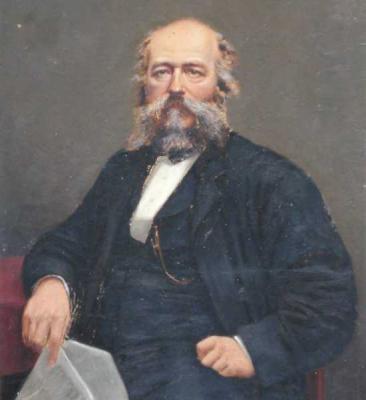Silicones: Changing the Picture of Electronics Worldwide Age
Silicones are pioneering more ways to advance our lifestyle in the electronics age. Cell phones, the Internet, wireless computers and smart cards are all manufactured with silicones.
Silicone-based technology enables high-performance material for today's increasingly diverse and demanding electronics and electrical applications. Silicones seal and protect highly sensitive circuits, semiconductors and devices from heat, contamination and accidental damage and help ensure continuity of electrical supply.
Protect
![]()
Silicones produce air-tight seals that protect the most sensitive electronic assemblies and components from outside contamination or movement. This is critical to ensure long-term stability and performance in many electrical products. In addition, siliconematerials are non-corrosive, non-pyrophoric and meet the stringent safety and purity requirements of electronics production and manufacture.
Silicones' insulating properties help protect electrical circuitry in televisions, computers and aircraft video displays from heat, dirt and dust. They are also ideal for high-voltage applications and insulate above ground and underground cable and power lines.
Enable
As devices become thinner, smaller and faster, new applications take advantage of silicones' remarkable physical properties: high-and low-temperature stability, excellent electrical insulation, strength, flexibility and pliability, moisture resistance, chemical stability, ultraviolet resistance and other environmental protection, and adhesion to and protection for a broad range of materials.


















